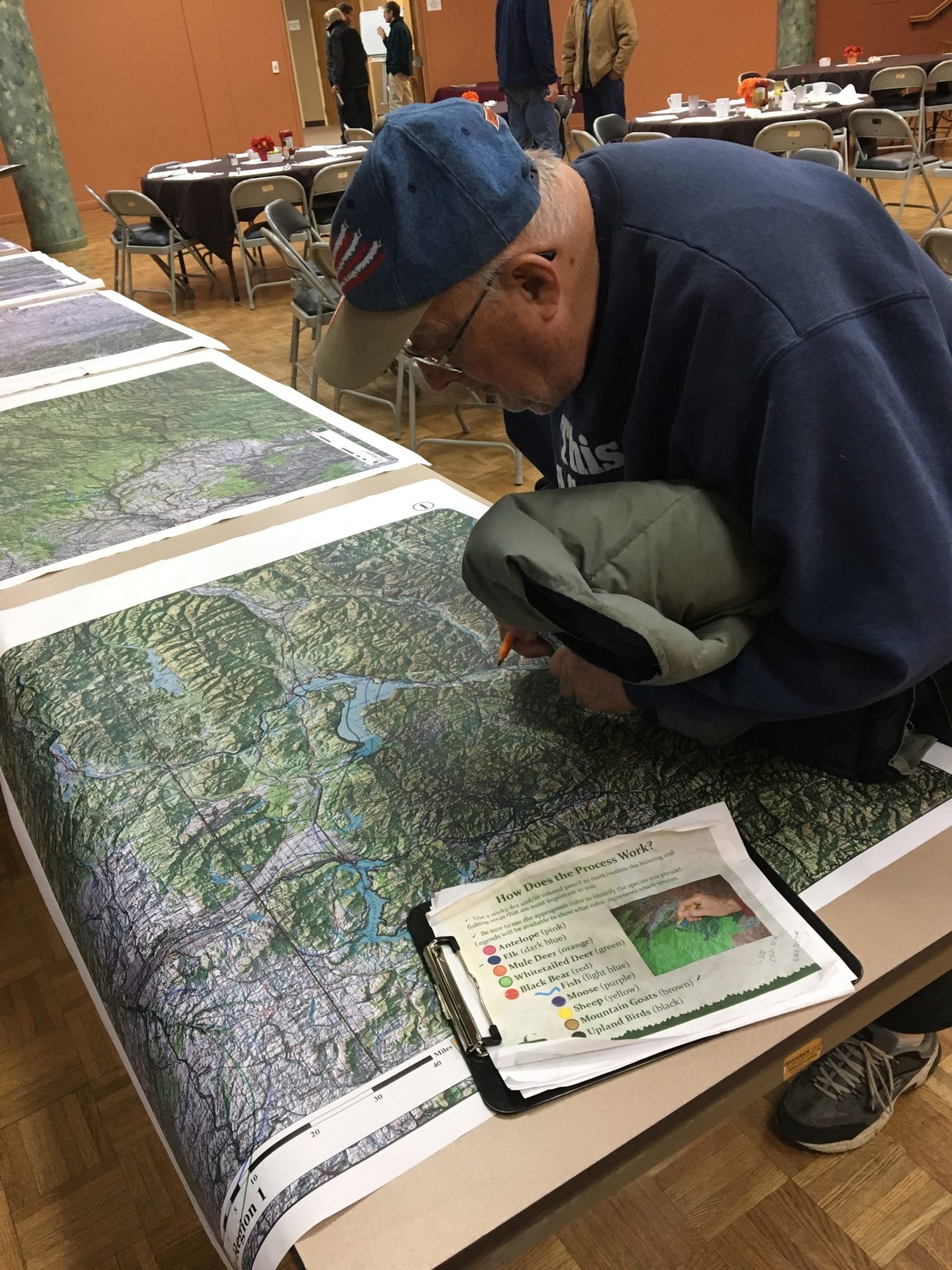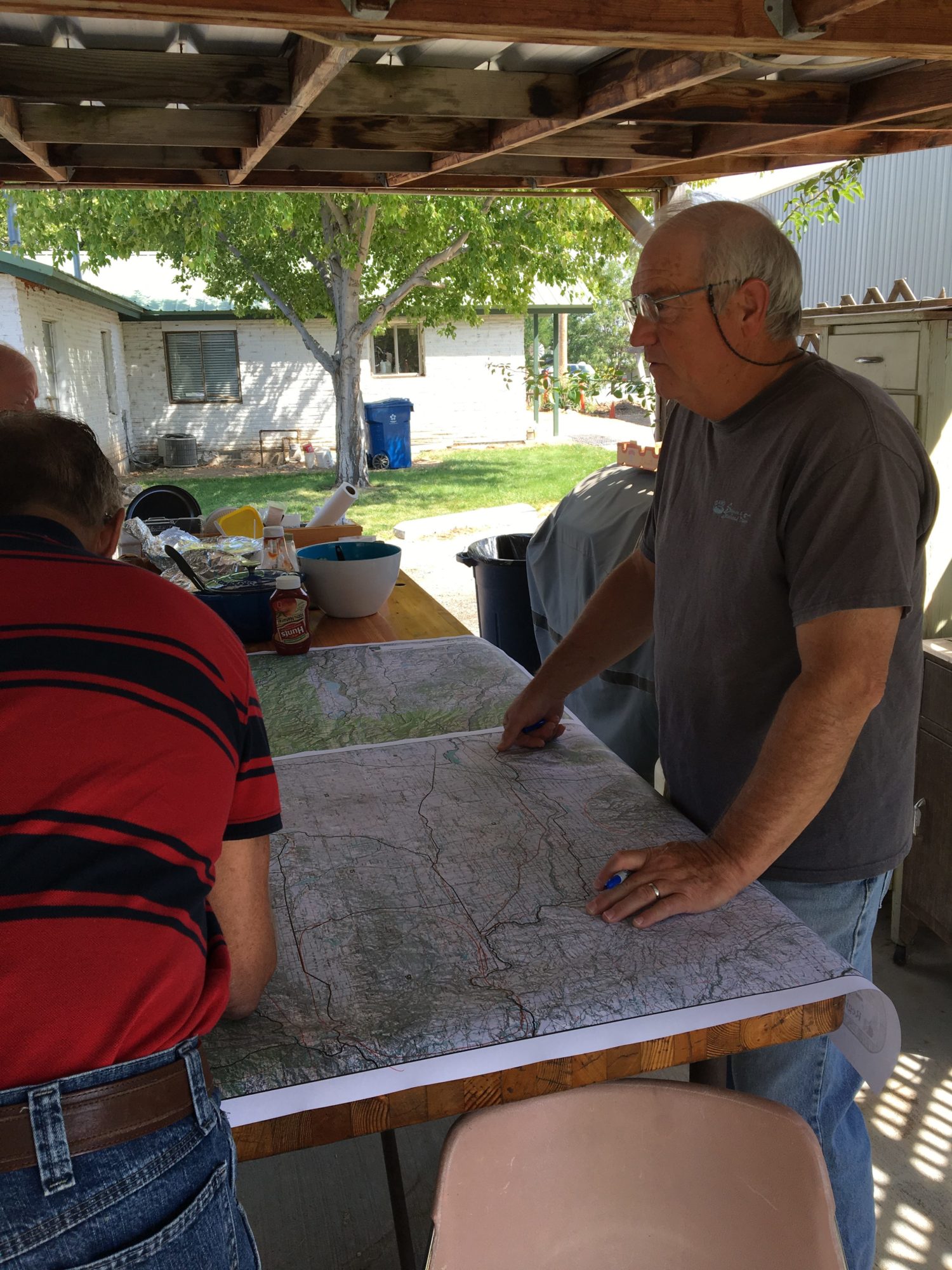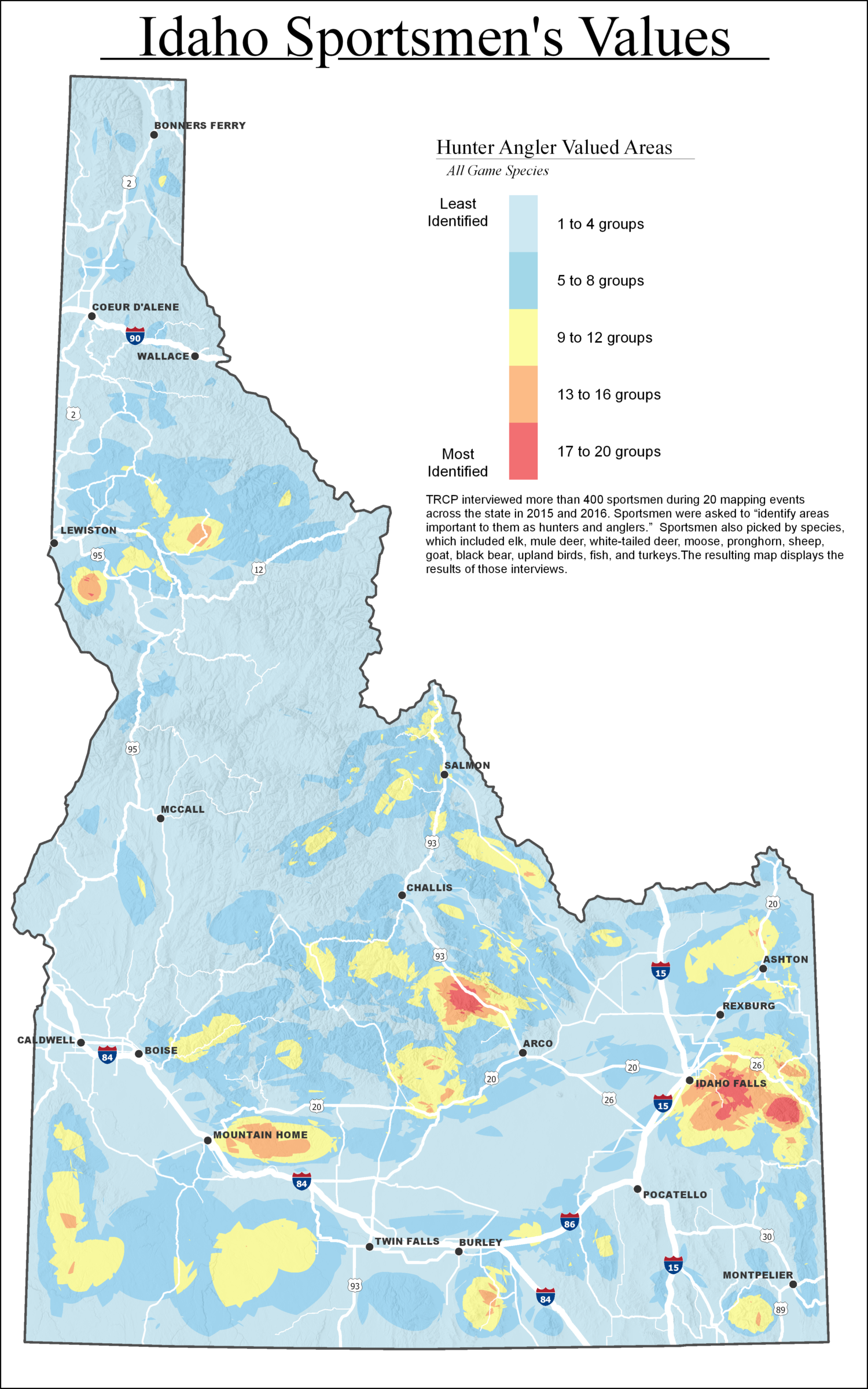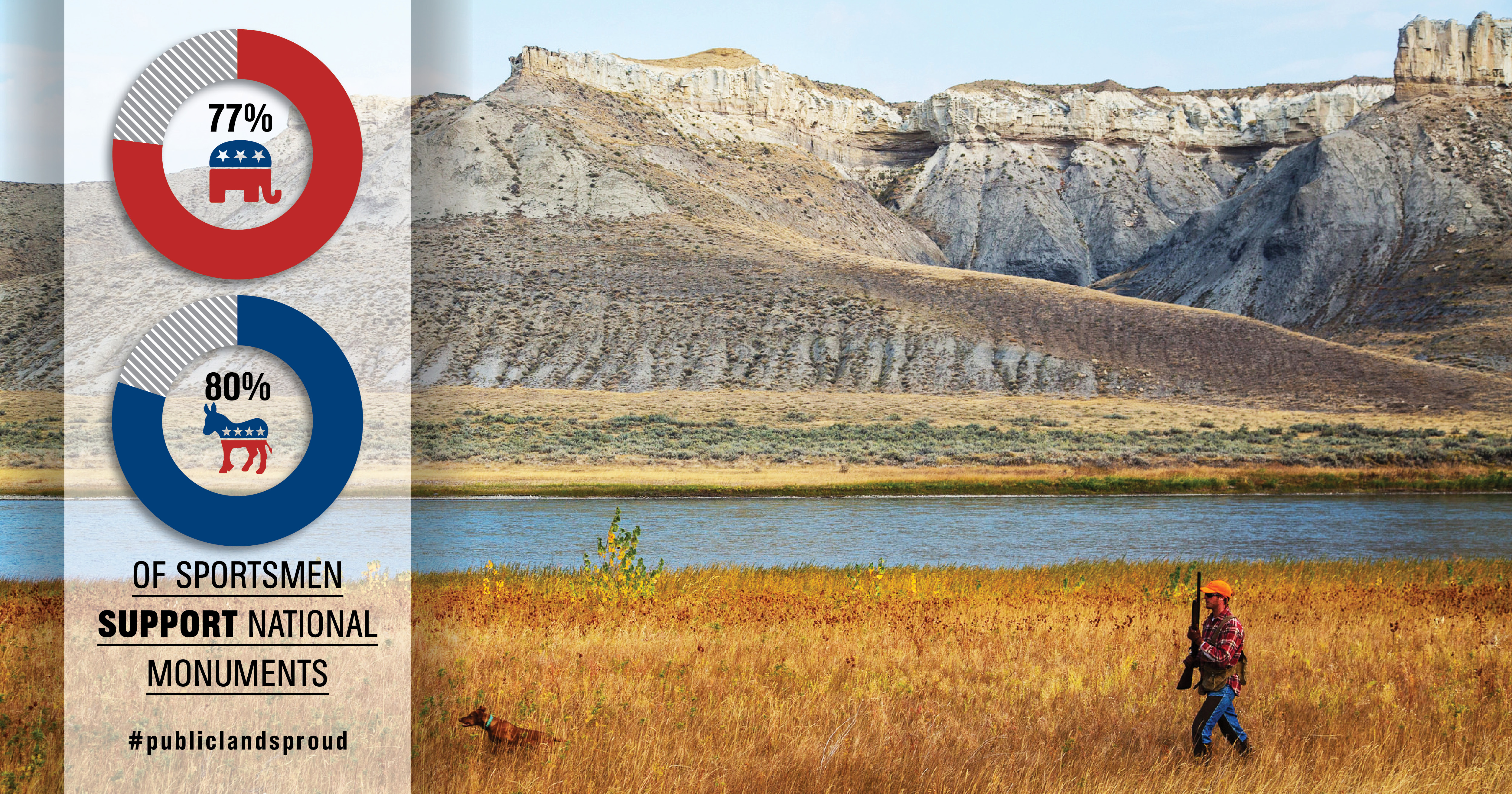A handful of positive measures in the report are overshadowed by recommendations to reduce the size of several national monuments
In a report leaked to the press yesterday, Secretary Ryan Zinke recommends measures to protect hunting and fishing in ten of the 27 national monuments reviewed this summer, but the report also suggests modifying them in either size or scope of management. This includes reducing the size of four land-based monuments and two marine monuments, with an eye towards opening three marine areas to commercial fishing.
“I wish these recommendations were limited to protecting the ability of Americans to hunt and fish within national monuments and setting an example for the appropriate use of the Antiquities Act,” says Whit Fosburgh, president and CEO of the Theodore Roosevelt Conservation Partnership. “Instead, the handful of positive measures in the report are overshadowed by recommendations to reduce the size of several national monuments. Our hunting and fishing traditions are not threatened in most of the areas reviewed, and executive branch actions to diminish one monument could threaten the legitimacy of all national monuments, even those created by Theodore Roosevelt dating back to 1906.”
Of the 27 monuments reviewed by Secretary Zinke, 22 are open to hunting or fishing and are highly valued by sportsmen and women. Of the more than 1.3 million people who commented during the review period, more than 99 percent were in favor of keeping national monuments intact. Similarly, a recent poll commissioned by the TRCP found that 77 percent of Republican and 80 percent of Democratic sportsmen and women support keeping the existing number and size of national monuments available for hunting and fishing.
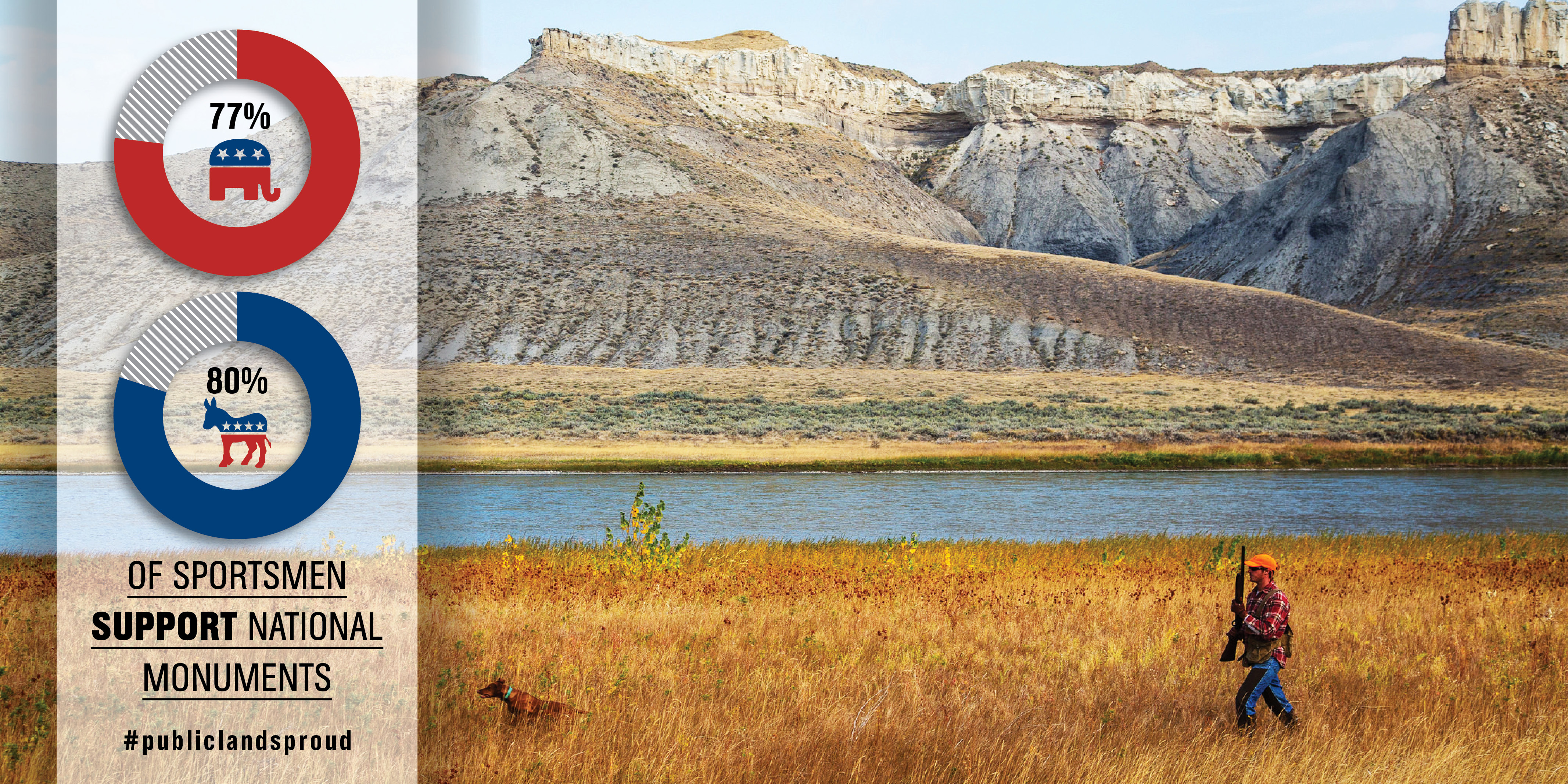
The move to open three marine national monuments to commercial fishing is not supported by recreational fishermen. “Saltwater anglers currently enjoy the privilege of using these areas, which are protected from the very real threat of overharvest,” continues Fosburgh.
Ultimately, decisions affecting the future of America’s national monuments rest with President Trump, and it is not yet clear what the White House will do with the recommendations.
“The TRCP encourages President Trump to support the integrity of the Antiquities Act by rejecting any measures to reduce the size of a national monument through executive action—sportsmen and women would rather be partners in using the Antiquities Act responsibly,” says Fosburgh. “Sportsmen don’t want to be used as a wedge in this process. If the president is most interested in supporting hunters and anglers, he will limit his actions under this report to protecting recreational hunting and fishing and supporting state agency authority over wildlife management.”

